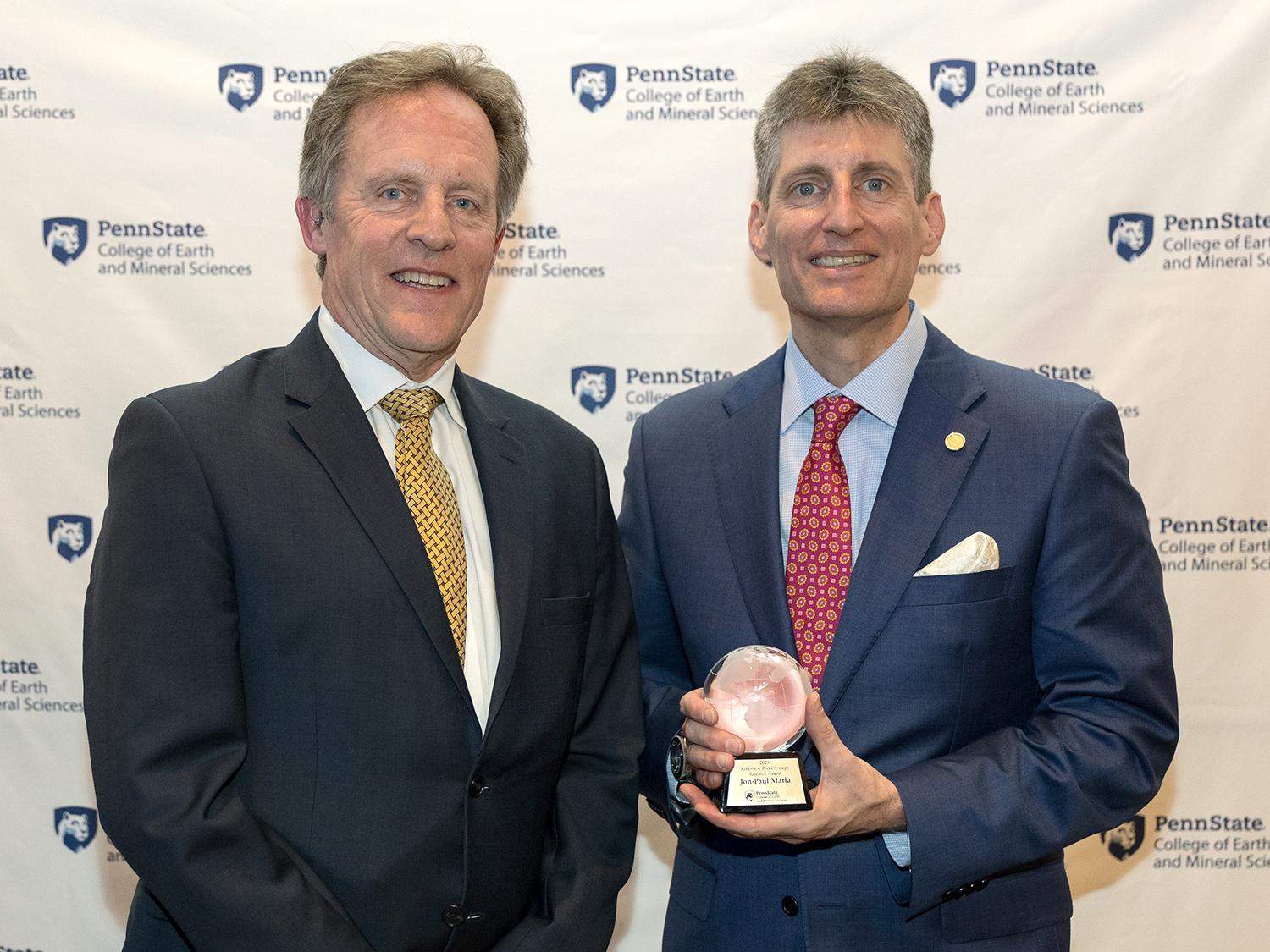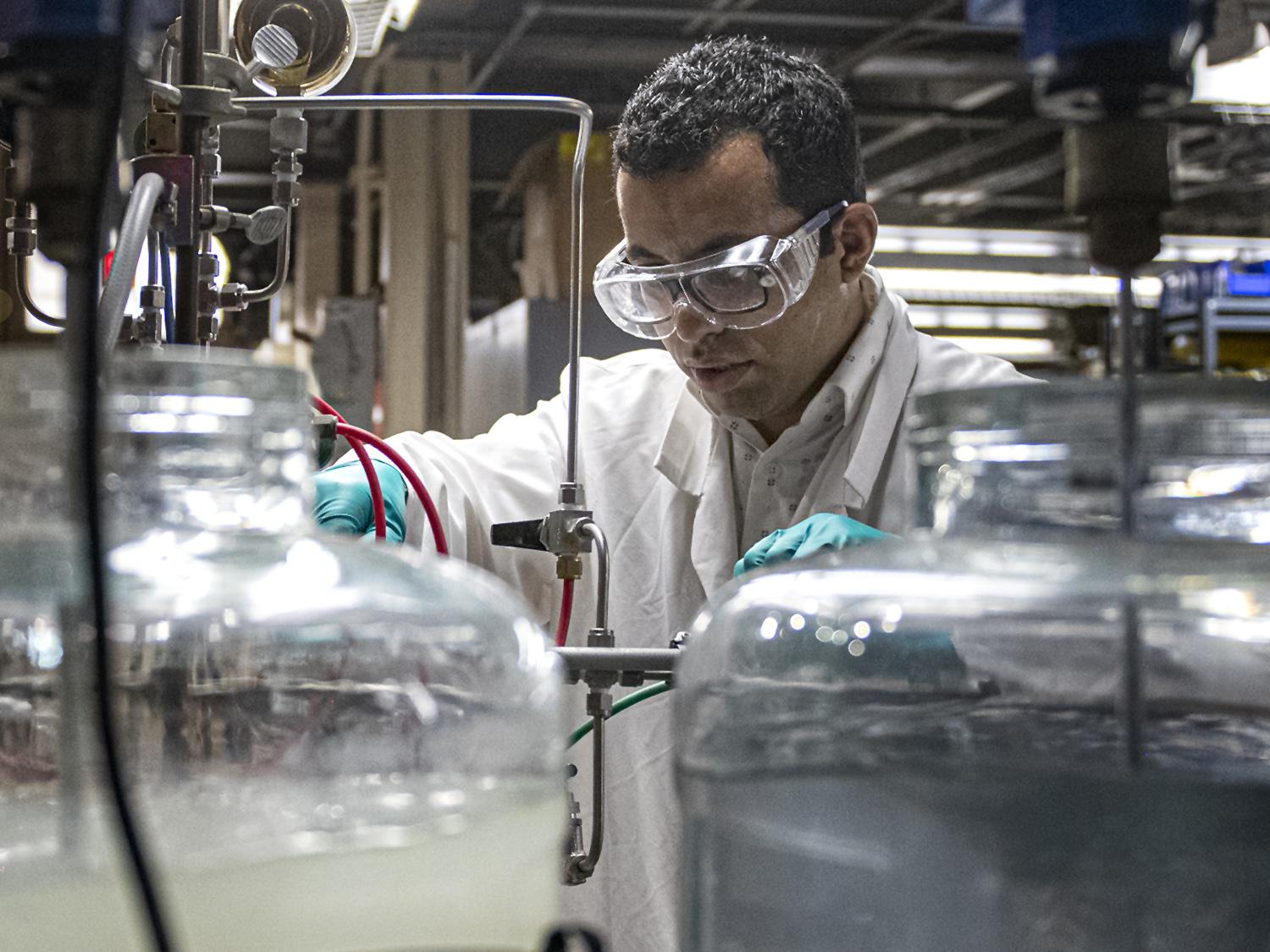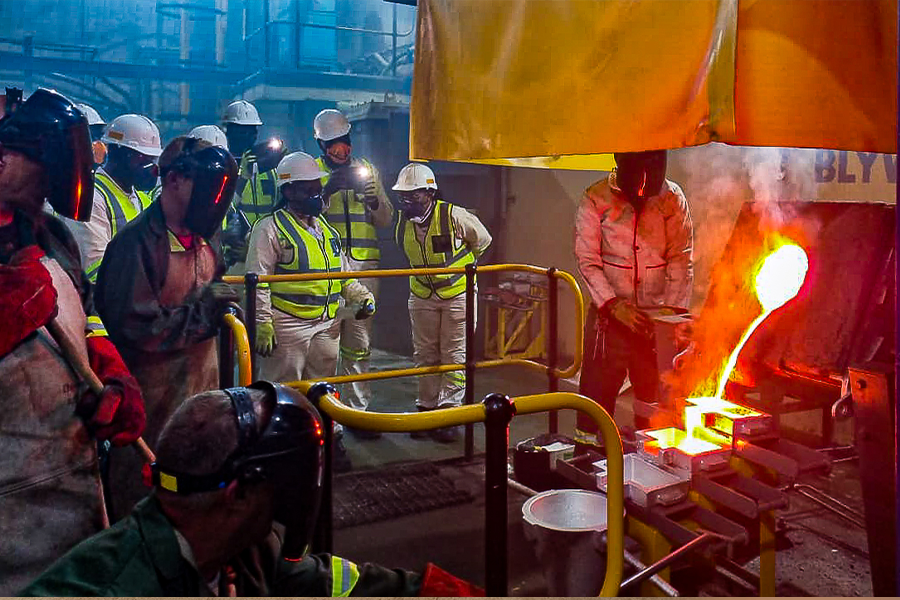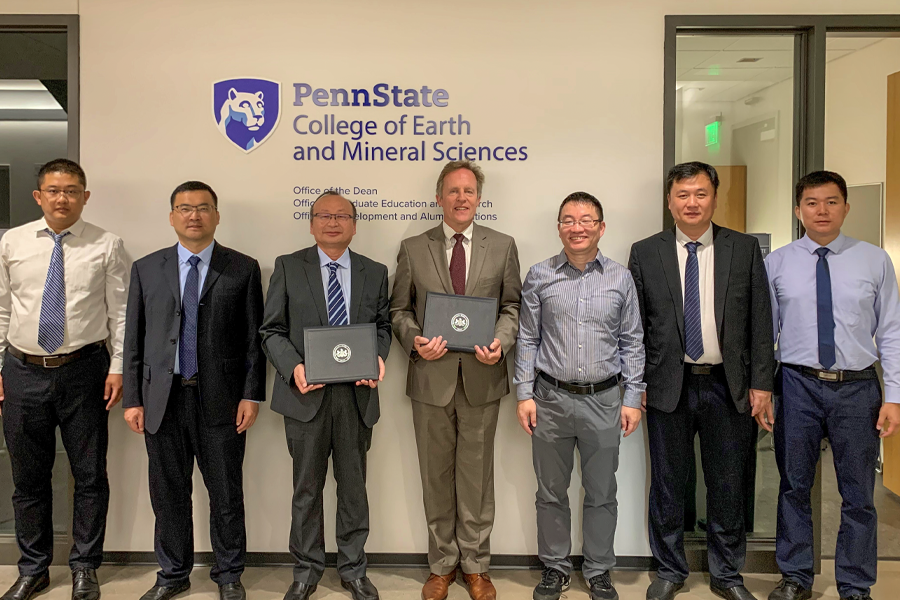Penn State's College of Earth and Mineral Sciences (EMS) recognized exceptional students and faculty for their academic excellence, service and leadership during its annual Wilson Awards Celebration, held on March 30. The Wilson Awards are named in honor of Matthew and Anne Wilson, major benefactors of the college.
Moving from fossil fuels to renewable energy sources like wind and solar will require better ways to store energy for use when the sun is not shining or the wind is not blowing. A new study by researchers at Penn State found that taking advantage of natural geothermal heat in depleted oil and gas wells can improve the efficiency of one proposed energy storage solution: compressed-air energy storage (CAES).
Elham Rahimi, a graduate student in the John and Willie Leone Family Department of Energy and Mineral Engineering, will receive the Raja V. and Geetha V. Ramani Graduate Students Award from the Society for Mining, Metallurgy and Exploration (SME) at the society’s gala dinner during their annual conference, MINEXCHANGE, in Denver, Colorado on Sunday, February 23.
Three faculty from Penn State’s College of Earth and Mineral Sciences (EMS) have been elected to the National Academy of Engineering (NAE). Members of the class of 2025 include Susan Brantley, Atherton Professor and Evan Pugh University Professor Emerita of Geosciences; Long-Qing Chen, Donald W. Hamer Professor of Materials Science and Engineering; and Russell Johns, George E. Trimble Chair of Energy and Mineral Sciences and professor of petroleum and natural gas engineering. Chen is also a professor of mathematics in the Eberly College of Science and a professor of engineering science and mechanics in the College of Engineering.
Eleven research labs in the College of Earth and Mineral Sciences (EMS) have earned My Green Lab certifications at one of the three highest levels available: gold, platinum or green. EMS My Green Lab certified labs represent 27.8% of the labs certified on the University Park campus and 25% of the labs certified on all campuses. The college also has seven additional labs enrolled in the certification program.
With an electric current and hydrogen peroxide, researchers at Penn State have developed a more efficient way to extract lithium, a key component in the batteries used in electric vehicles and portable electric devices, directly from ore found in the common mineral spodumene. The process could facilitate a 35.6% reduction in cost and a 75.3% reduction in CO2 emissions compared to traditional, less sustainable extraction methods, according to the team, led by Feifei Shi, assistant professor of energy engineering at Penn State.
Three Penn State energy and mineral engineering doctoral students traveled 8,176 miles from University Park to South Africa to attend the Mintek@90 Conference last fall. Hosted by Mintek, one of South Africa's leading mineral research organizations, the group presented research and introduced Penn State as a strategic research partner to South African academic and industrial leaders.
Penn State’s College of Earth and Mineral Sciences and Shandong University of Science and Technology in China have signed a memorandum of understanding (MOU) to pursue collaborative research, teaching and educational opportunities. The goal of the MOU is to strengthen and disseminate research outcomes in environmental and safety sciences and mining engineering.
Six Penn State materials researchers have received the 2024 Rustum and Della Roy Innovation in Materials Research Award, recognizing a wide range of research with societal impact. The award is presented by the Materials Research Institute (MRI) and recognizes recent interdisciplinary materials research at Penn State that yields innovative and unexpected results.
The United States will need to make dramatic advances to increase its technical- and skilled-labor workforce to power its green energy future and to become less reliant on foreign nations for securing materials used in both everyday devices and critical national security applications. According to the United States Geological Survey, about 80% of these materials are imported from China.
That was the message Barbara Arnold, professor of practice in mining engineering in the Penn State College of Earth and Mineral Sciences, told a U.S. congressional committee in September.











